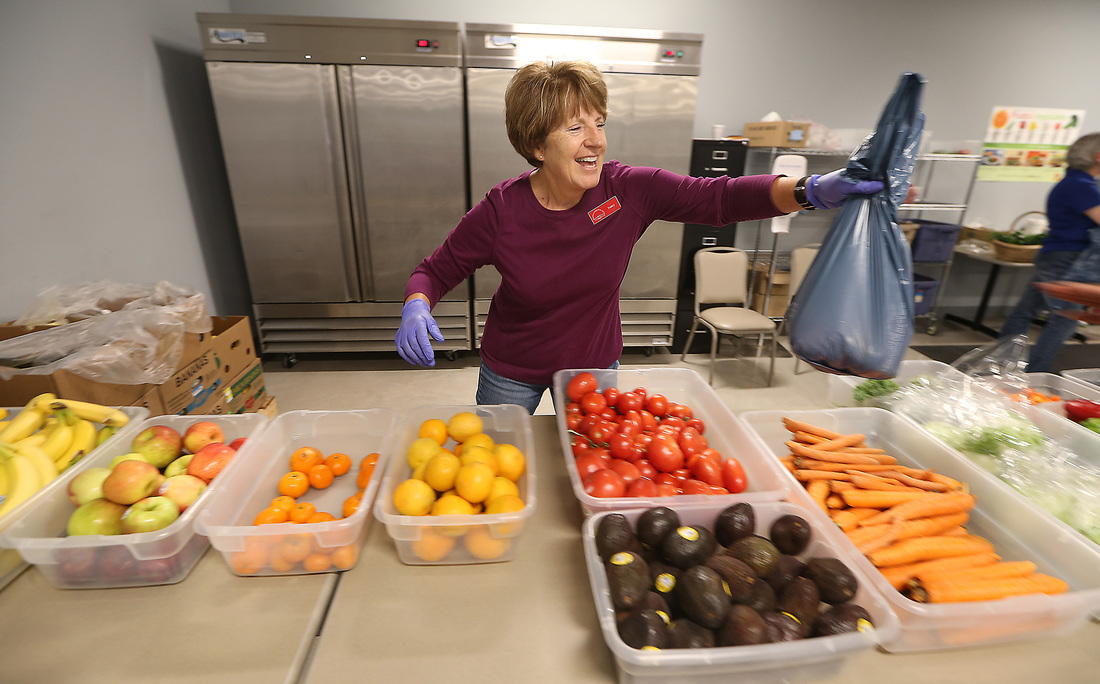News & Events: In the News
In the News >
|
Friends in Need Food Shelf expands, goes to grocery store model in Washington County
The move to a larger building is meant to accommodate "clients' choice" shopping. STAR TRIBUNE ARTICLE - Sunday, October 2, 2016 By Kevin Giles, [email protected]
Feeding Families with Friends in Need Food Shelf
Food shelves such as Michelle Rageth’s tackle the big task of feeding families at Thanksgiving and throughout the year Quinton Skinner, Minnesota Monthly, October 2014
|

